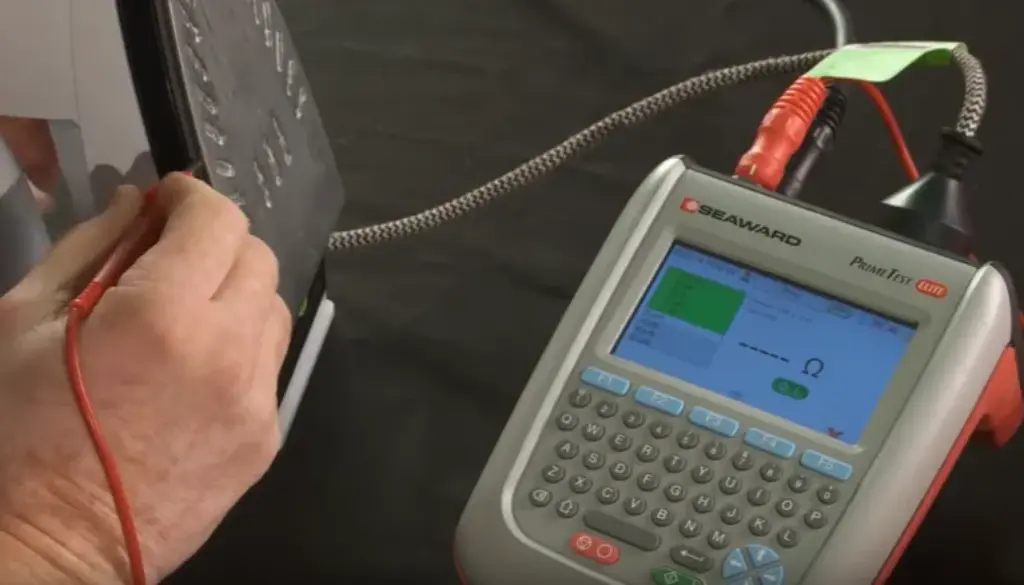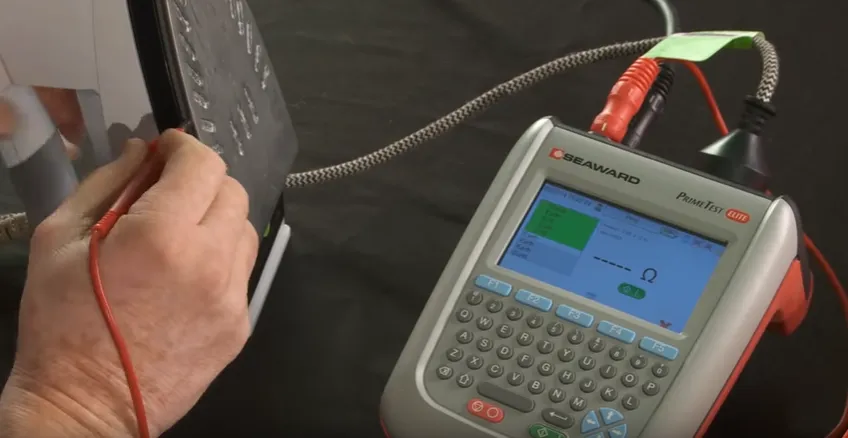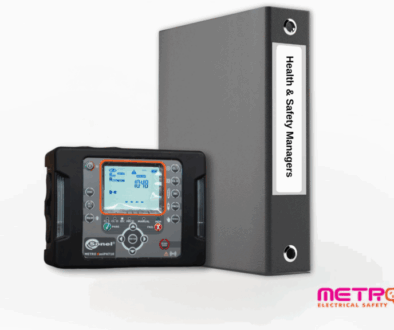Earth Leakage Testing

Put simply, earth leakage or ground leakage is electric current that “leaks” to earth or ground via an unintended conductive path – usually through the insulation. When this occurs, a live phase comes in contact with the ground, creating a fault current that’s enough to activate the corresponding circuit breaker.
In some cases, it may not result in a fault current right if the live phase comes in contact with a device that is not in contact with the earth. But the moment someone touches the device containing the live phase, the resulting fault current begins to flow through the person to the earth, resulting in what we call as electrocution.
What Causes Earth Leakage?
Earth leakage can occur unintentionally or by design. More specifically, unintentional earth leakage may happen due to insulation or equipment faults. On the other hand, some electrical systems such as high-frequency fluorescent lighting and IT equipment normally produce small amounts of leakage under normal operating conditions.
Regardless of the source, earth leakage must be tested and protected to prevent causing electric shocks. One protection method is to use an isolated power system (IPS) integrated with an insulation monitoring device. A more common method is by integrating an automatic disconnection of the supply (ADS), which is usually based on residual current devices (RCDs) or residual current circuit breakers with overcurrent protection (RCBOs).
Both RCDs and RCBOs monitor and compare the current flowing in the line and neutral conductors. Any difference in the measurements that exceeds the sensitivity setting or mA rating of the RCD or RCBO will cause the device to trip.
Earth leakage protection works as well as intended most of the time. However, there are times when the RCD or RCBO device trips for no apparent reason, i.e. “nuisance” tripping. This is where the need for an earth leakage current testing arises.
How is Earth Leakage Tested?

If you encounter nuisance tripping problems, you can use an earth leakage clamp meter to measure the imbalance between the line and neutral conductors which is the total earth leakage of the system. An earth leakage clamp meter allows you to test the circuit in a safe, fast and easy way. It is a handheld device that you simply clamp around a conductor and will instantly give you a reading of the actual leakage current. It can detect small currents down to a hundredth of a milliamp, so you can use this to find the problem circuit. From there, you can either isolate the broken circuit or go on to find out if there’s a particular problem appliance.
Once the problematic circuit is located, you need to figure out whether the earth leakage is intentional or unintentional. If unintentional or caused by a fault, the fault must be repaired. Intentional earth leakage may require some form of circuit splitting or load spreading.
Who can carry out earth leakage testing?
Any competent person may test low-voltage circuits where the alternating current is below 1,000 V. Where the electricity supply exceeds that limit or hard wiring is required, only a licensed electrician may conduct the RCD testing.


